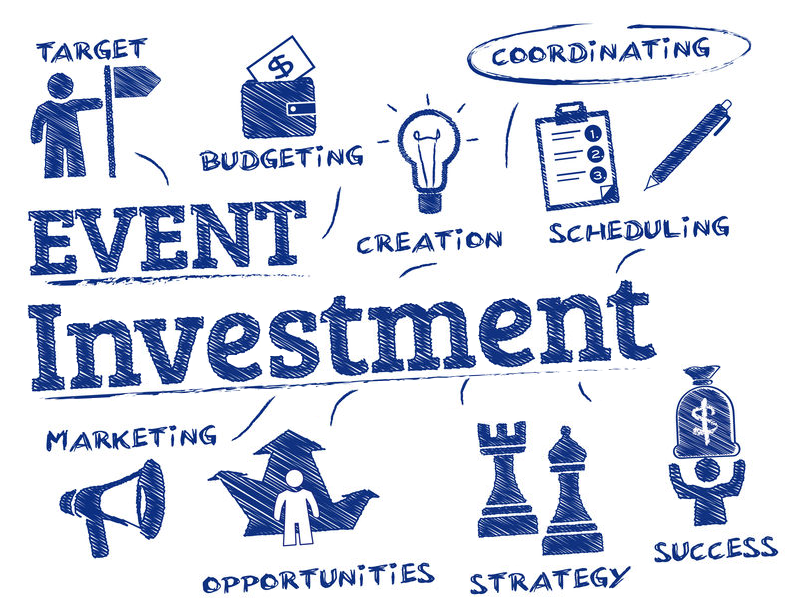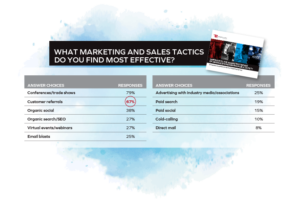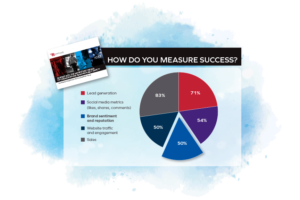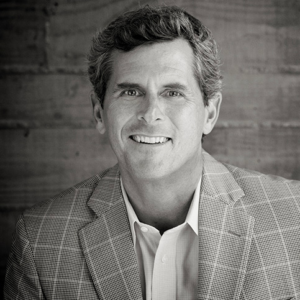It’s a common lament among companies and organizations serving healthcare and public safety: there are too many conferences and tradeshows. Despite that refrain, they eagerly participate in those countless events as sponsors, exhibitors and attendees. Yet some organizations consistently have better experiences at events, coming away with more leads, sales, contacts and insights.

Why?
At the RedFlash Group, we’ve noted some key ways successful organizations strategically approach events. They don’t view themselves as “just” sponsors or exhibitors. Instead, progressive organizations bring valuable industry insights and thought leadership to the conferences they attend. In addition to time in the booth, they attend sessions, roundtables, summits and other opportunities for education and networking – they go where their customers and prospective customers are.
One RedFlash client only participates in conferences where they have the opportunity to present educational programs, participate in panels and roundtables, etc. As a result, their company is considered a thought leader and a peer with their progressive customers, and the industry looks forward to hearing their expertise and views.
Here are some crucial ways RedFlash clients have increased their success rate at conferences:
1. CHOOSE KINDRED CONFERENCES. Give extra consideration to events that offer opportunities to participate in or sponsor panels, roundtables, summits, etc. Sure, you could sponsor the event bag, lanyard or breakfast. But think of the extra benefits you get supporting education — especially on topics important to your organization. Bottom line: Give the edge (and time, energy and budget) to events where you can participate on a deeper level.
2. PARTICIPATE IN THE EDUCATIONAL PROGRAM. First, take the time to understand the education needs and gaps of the event. What will you and your organization bring that they don’t already have? Once you understand that, the next step is to submit speaking proposals (often as far as 10 months in advance). Volunteer to join in panels and roundtables. At the very least, get out of the booth and attend sessions relevant to your product or service. Ask questions. Talk to classmates around you. Introduce yourself to the speaker after the session. The contacts you’ll make in the educational sessions (and the hallways outside the classes) will often be more valuable than those in the exhibit hall.
3. YES, IT IS ABOUT WHO YOU KNOW. Many conferences receive 6 to 10 times as many speaking proposals as they can actually accept and schedule. Take the time to get to know the educational program chair or committee. Ideally, you’re having early and ongoing conversations with the event leaders and finding out what their needs are. Be creative. Suggest ideas that are different and capitalize on the special knowledge you and your organization bring. Tip: reach out to your top customers to co-present and tell the story from an end-user perspective.
Remember, getting the most out of events is both art and science. If your organization doesn’t have the knowhow, work with others to jumpstart your efforts. Otherwise, it could take years to get your organization represented on an educational program. But there’s no stopping you from attending classes and networking with other learners. You may find your best business prospect is sitting right next to you.
Related Posts
-
Selling to public safety is not the same as selling in other industries. Discover 3…
-
In the busy world of marketing, it can be tempting to push projects forward to…
-
So today I realized I’ve been to about 250 public safety conferences over the past…









 The RedFlash Group is a GSA Contract Holder under Schedule 541, Advertising and Integrated Marketing Solutions
The RedFlash Group is a GSA Contract Holder under Schedule 541, Advertising and Integrated Marketing Solutions